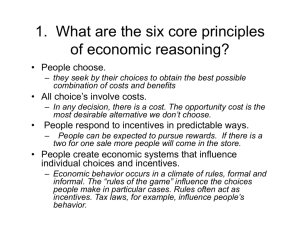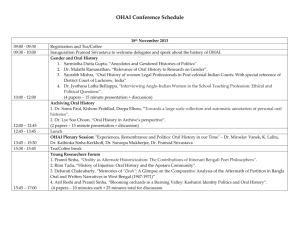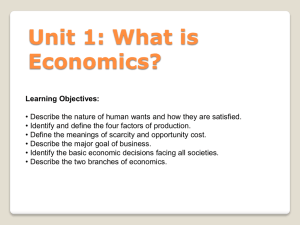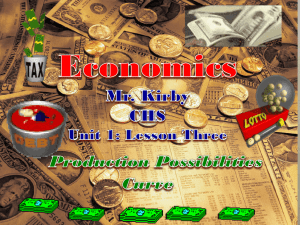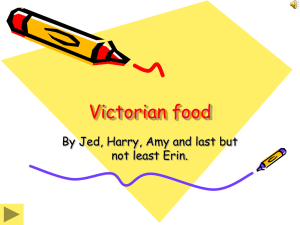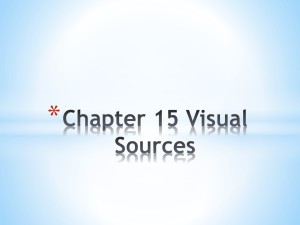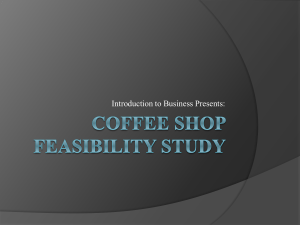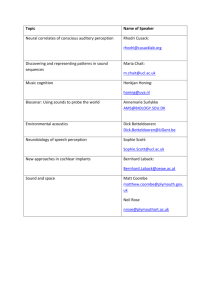What is Economics?
advertisement
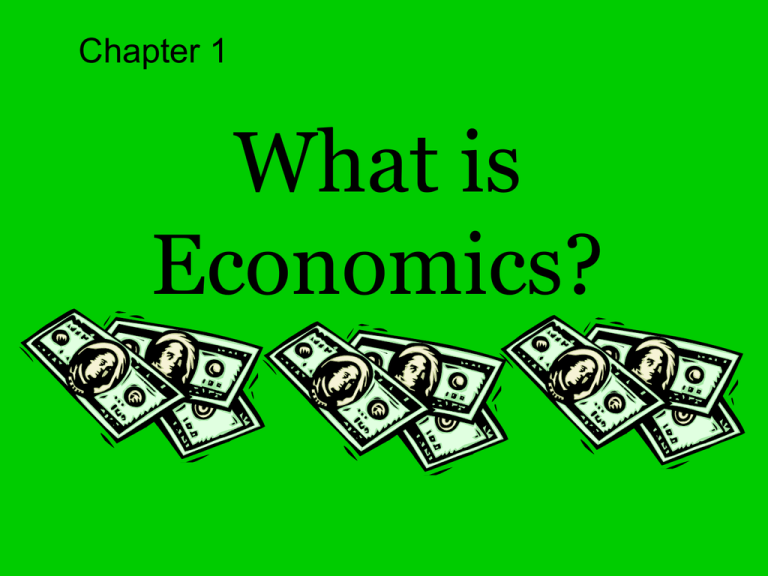
Chapter 1 What is Economics? Economics: • The study of how people seek to satisfy their needs and wants by making choices about how to use scarce resources Needs vs. Wants • Needs: things NECESSARY for survival • Wants: things we desire but are NOT ESSENTIAL to survival Scarcity •Limited quantities of resources to meet unlimited wants Shortage •A situation in which a good or service is unavailable temporarily Factors of Production • Land • Labor • Capital –Human –Physical Remember these! You will hear them a lot this semester! Land Natural resources (land, coal, water, forests, etc.) Labor The effort people devote to a task for which they are paid Capital –Physical: Human made objects used to create other goods and services –Human: The skills and knowledge gained by a worker through education and experience Entrepreneurs • Ambitious leaders who combine land, labor, and capital to create and market new goods and services. Factors of Production Model LAND - cotton LABOR -seamstress ENTREPRENEUR –designer, business owner CAPITAL – thread, sewing machine. GOOD – t-shirt Factors of Production Model Opportunity Cost There is no such thing as a free lunch! Spring Break…Which would you choose? Hawaii Las Vegas Paris Vail New York Cancun Tokyo Tahiti Trade-offs…options when you make a choice. • Individuals –work or free time –study or sleep • Business –Goods or Services –Produce or Sell Decision Making Grid Alternatives Go to College Take a year off Benefits Decision Opportunity Cost Benefits forgone Go to College right away Take a year off after grad. Thinking at the Margin Options 1 summer off before college 1 semester off before college 1 year off before college Benefit Opportunity Cost Production Possibilities Curves • Graphs that show alternative ways to use an economy’s resources Coffee A 50 B 40 30 C 20 10 D 0 25 50 70 75 Tea Efficiency • Efficiency means using resources in such a way as to maximize the production of goods and services. • An economy producing output levels on the production possibilities frontier is operating efficiently. Coffee 50 Productions possibilities frontier 75 Tea Efficiency • Efficiency also means that in order to produce more of one good you must give up producing some of the other good. • This is because the line represents the limits that scarce resources place on our production possibilities. Coffee Efficiency Coffee A 50 Tea 50 0 40 50 20 70 0 75 B 40 30 C 20 10 D 0 25 50 70 75 Tea Underutilization • Any point inside the line indicates an underutilization of resources. • This economy is not using all of the resources that are available. • This economy is not producing all the goods and services it could be producing. Coffee 50 75 Tea Growth • Growth If more resources become available, or if technology improves, an economy can increase its level of output and grow. When this happens, the entire production possibilities curve “shifts to the right.” Coffee 50 75 Tea Law of Increasing Costs • As we shift resources from making one good to another, the cost of producing the second item increases. • In other words, we have to give up more and more of the first item for each additional unit of the second item. • This is because some resources are better suited for one purpose over another. Coffee Law of Increasing Costs Coffee A 50 Tea 50 0 40 50 20 70 0 75 B 40 30 C 20 10 D 0 25 50 70 75 Tea Chapter 1 Things to think about… What is the difference between a good and a service? Why is the idea of scarcity a starting point for thinking economically? How is scarcity different from shortages? What special advantages does physical capital offer? What role do entrepreneurs play in the economy? Name three examples that illustrate how all decisions involve trade-offs. Why must the opportunity cost of a decision always be something desirable? What does the term “guns or butter” mean? What does it mean to “think at the margin”? What are the opportunity costs involved in: Eating pizza Going to see a movie on a Tuesday Going to see a movie on a Saturday Watching TV Studying for a test Finishing High School Getting Married Having a Kid Create a decision making grid to defend a decision you will make today Decide whether to work 2, 4, or 6 hours at an after-school job by comparing the opportunity cost and benefit of each alternative. Cost 2 hours 4 hours 6 hours Benefit Decide whether to finish the semester and graduate by comparing the opportunity cost and benefit for each alternative Cost Graduate Now Graduate later Get a GED Drop Out Benefit How is underutilization depicted on a production possibilities frontier? How does a production possibilities curve illustrate how efficient an economy is? How does a production possibilities curve illustrate opportunity cost? Describe a specific event that would make each of the following happen to a production possibilities curve: • A point moves down and to the left • The frontier shifts to the right Describe three services that the government provides to its citizens then identify some of the opportunity costs of providing those services.
